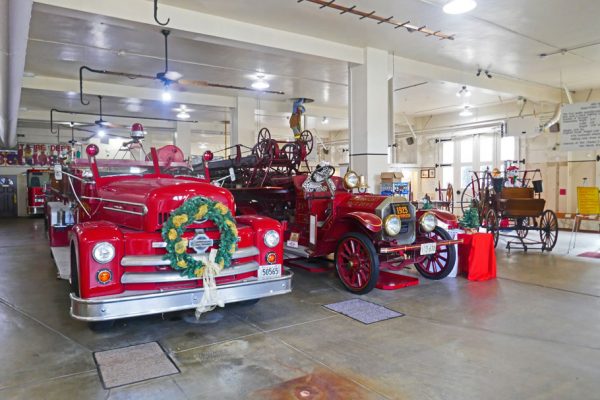
January 3 – January 24, 2020
I had planned a lazy trip down the Gulf Coast beach hopping, soaking up the sun, and stalking wildlife with a camera and binoculars. But my museum eye started wandering slightly inland and we took a few breaks from the sand and surf to learn some new things and expand our minds.
A cluster of cities in southeast Texas including Beaumont, Nederland, and Port Authur first caught my attention. My map showed lots of museums, many of them free. Later, after getting further down the coast than we expected we ended up backtracking just to visit some museums in Houston. And as we left our final campsite on the water and headed west we made one more museum stop in Corpus Christi.
Beaumont, Texas
Fire Museum of Texas
Free!
The Fire Museum of Texas is housed in the historic 1927 Central Fire Station for the Beaumont Fire Department. It exhibits fire-fighting apparatus, equipment, uniforms, fire trucks, and photographs from the mid-1800s to the present day.
I think this was one of my favorite museums we visited in the Beaumont, TX area. Who doesn’t love big ol’ red fire engines?
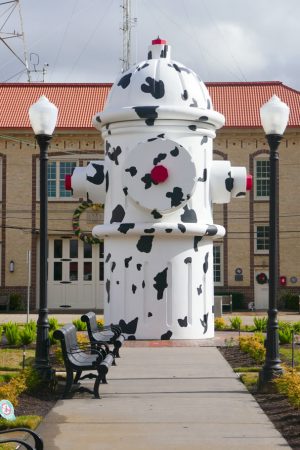
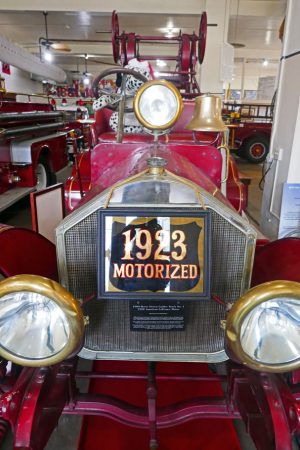
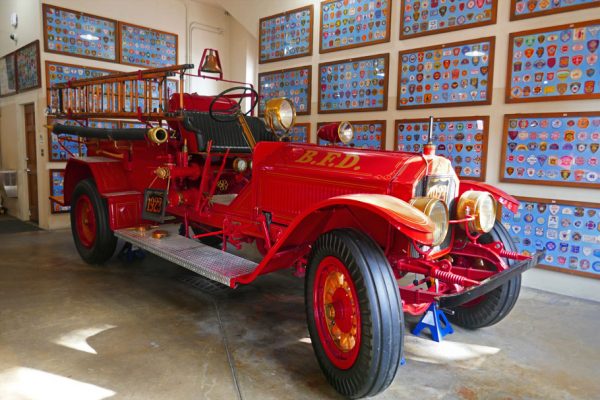
Spindletop-Gladys City Boomtown Museum
Adults – $5
Seniors – 60+ $3
Children Ages – 6-12 $2
Children 5 & younger – Free
On January 10, 1901, the Lucas Gusher oil well came in on Spindletop Hill south of Beaumont, Texas. After learning about how this event affected the city and firefighting at the Fire Museum we decided we needed to learn more and headed to the Spindletop-Gladys City Boomtown Museum. This museum consisted of 15 buildings re-creating the boomtown, Gladys City, that grew around the gusher.
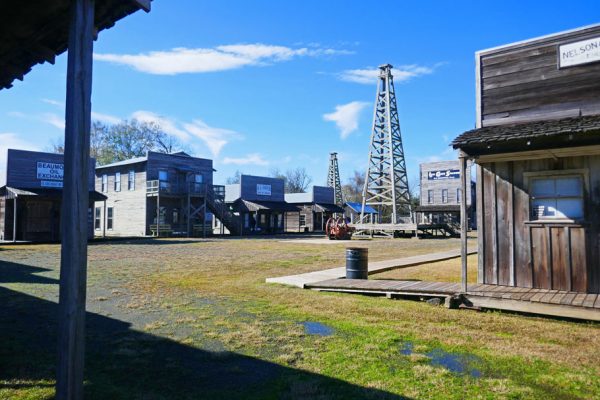
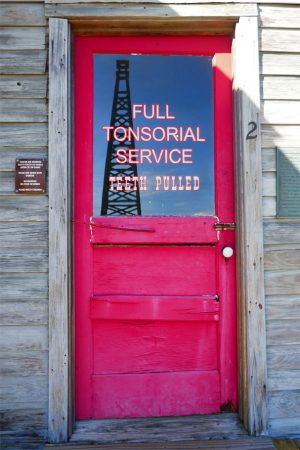
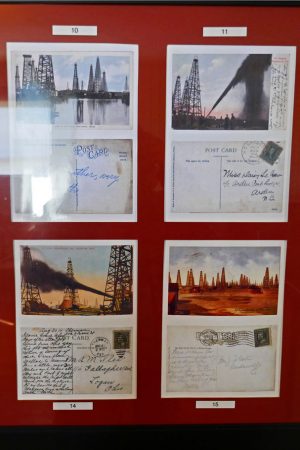
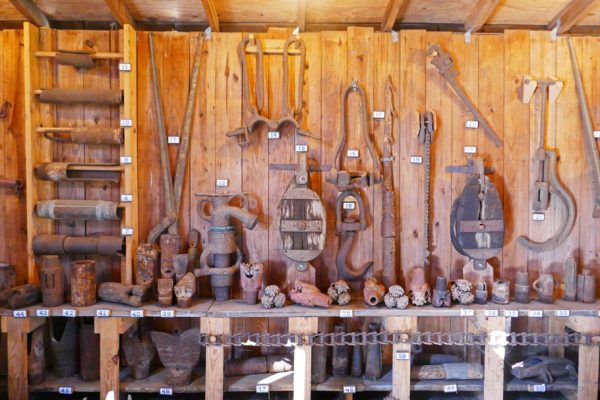
Art Museum of Southeast Texas
Free
The Art Museum of Southeast Texas is a nice little museum promoting artists from the region.
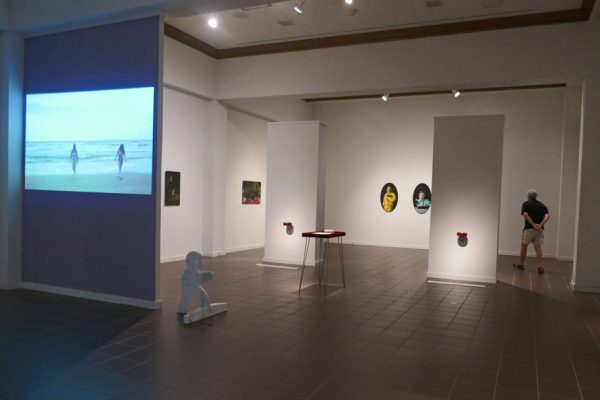
Edison Museum
Free
Who doesn’t love electricity? We were surprised that there was an Edison Museum. It was free so we had to check it out.
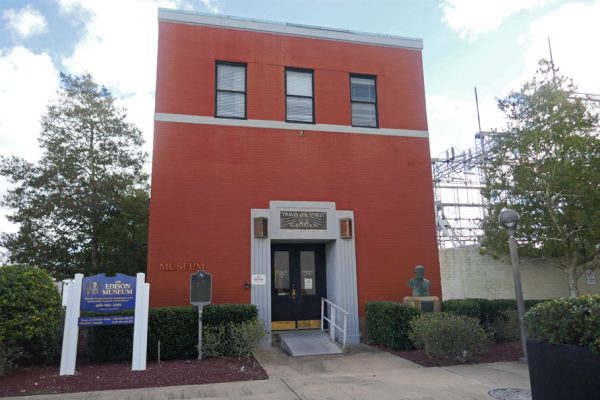
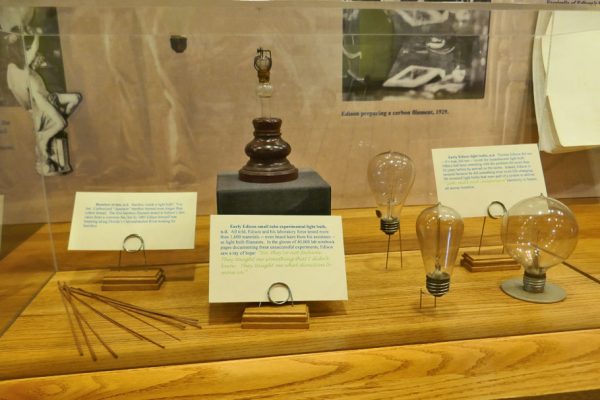
Nederland, Texas
La Maison Acadienne Museum
Just south of Beaumont we traveled to Nederland, TX to visit the La Maison Acadienne Museum. This museum pays tribute to the many French people who came from South Louisiana after Nederland was settled.
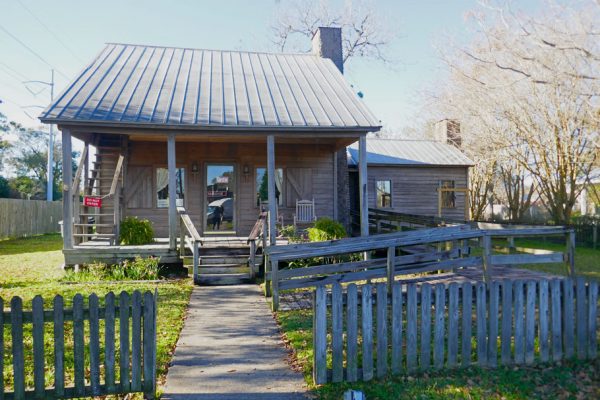
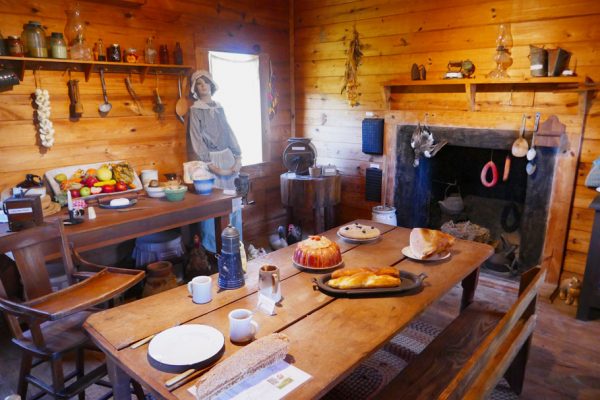
Dutch Windmill Museum
Free
And then we walked right next door from the La Maison Acadienne to the Dutch Windmill Museum. This museum houses turn of the century (1900) artifacts brought from Holland by the original dutch settlers of Nederland, Texas. It also pays tribute to native son, W.F. (Buddy) Davis who although contracting polio as a child went on to win an Olympic Gold Medal in 1952, and to one time Nederland resident and country music star Tex Ritter.
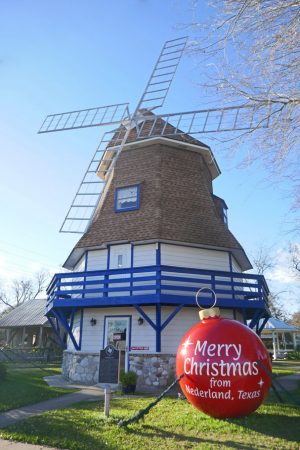
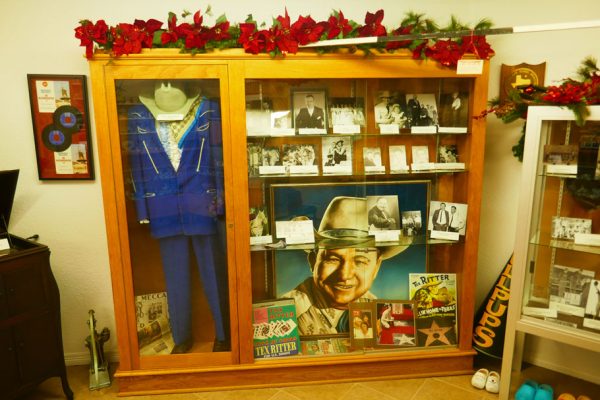
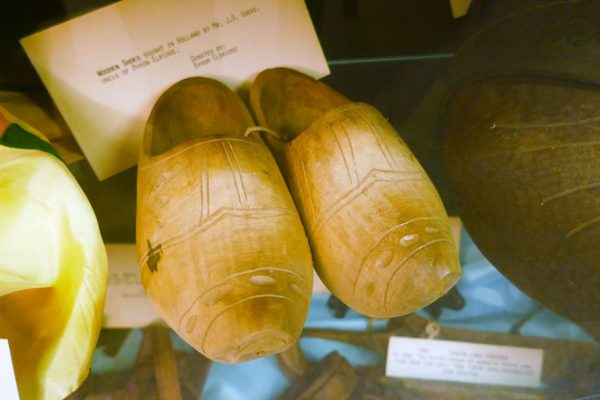
Port Authur, Texas
Museum of the Gulf Coast
Adults – $8
Senior Citizens (62+) – $6
College Students w/valid ID – $4
Children 4-18 – $3
Children 0-3 – FREE
Of course, by now we wanted to know even more about this part of Southeast Texas so we zipped on down to Port Authur to visit the Museum of the Gulf Coast. This was the biggest museum we visited encompassing two floors. The first floor tells the history of the region beginning with ancient geology and includes exhibits on Native Americans, the Civil War, the petroleum industry, and the maritime history of the region. The second floor is dedicated to the many famous musicians, artists, and athletes from the Gulf Coast region.
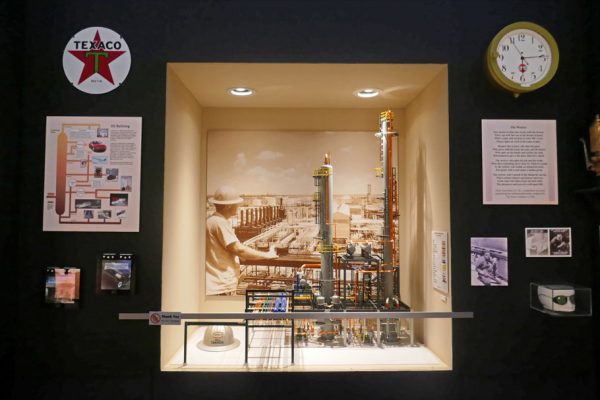
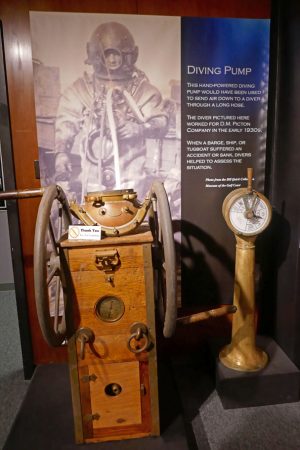
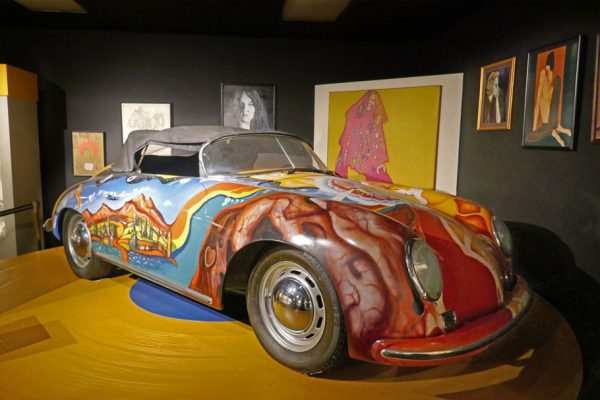

Houston, Texas
Buffalo Soldiers National Museum
Adults – $10
Students/Seniors 62+ and Military W/ID – $5.00
Children 5 & younger – Free
Free on Thursdays!
I only had one museum on my radar for Houston until I picked up a brochure about Houston’s museum district. This district includes 19 museums in “4 walkable zones.” Many of these museums are free and several have one free day a week. Once I saw the Buffalo Soldiers National Museum listed in the brochure we decided we needed to go. If you have been following along since this past fall you know we are on a bit of Black History journey. I was also kind of amazed that despite all the time we have spent out west that we have learned very little about the iconic Buffalo Soldiers.
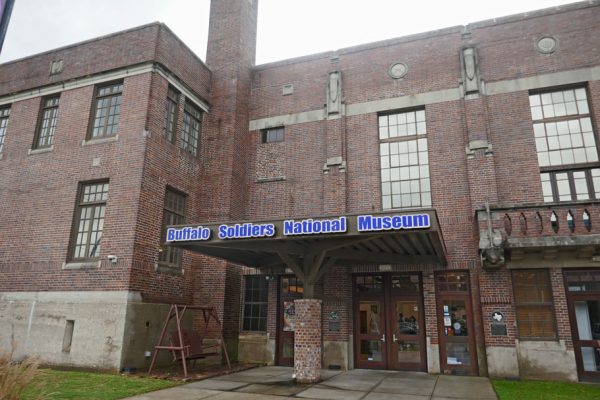
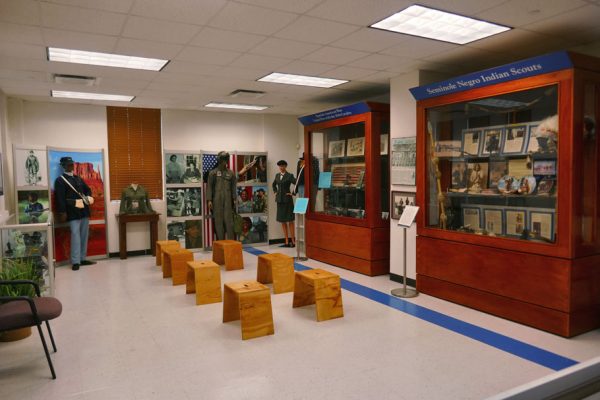
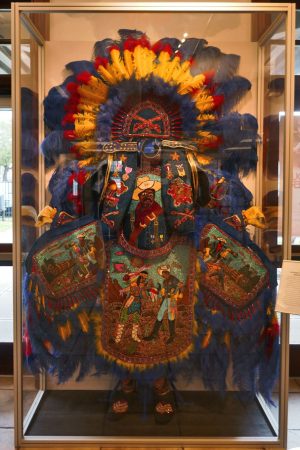
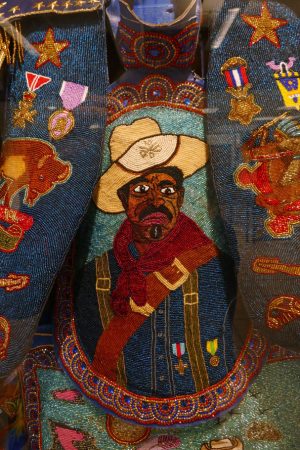
Lillie and Hugh Roy Cullen Sculpture Garden
Free
On our walk to our next museum from the Buffalo Soldier Museum, we stumbled into the Lillie and Hugh Roy Cullen Sculpture Garden where we found works by Henri Matisse, Joan Miró, Auguste Rodin, and others.
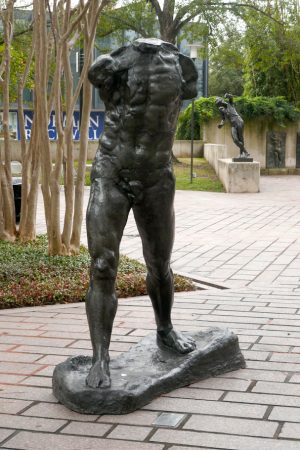
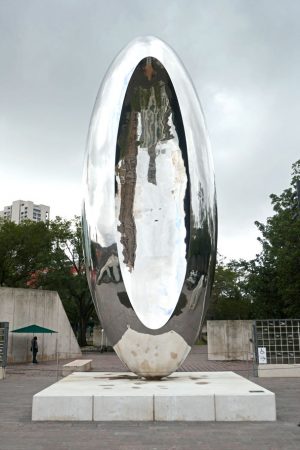
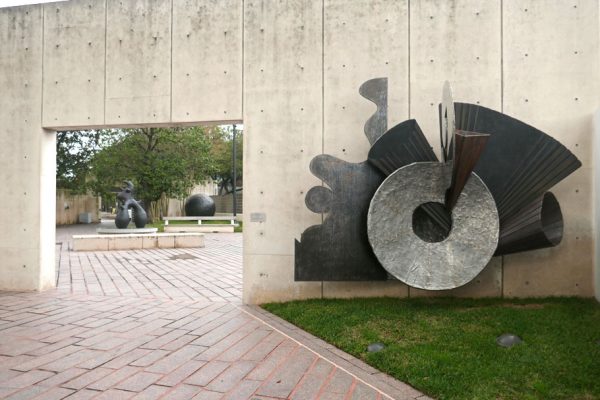
Contemporary Arts Museum Houston
Free
After we left the sculpture garden we found a different kind of art at the Contemporary Arts Museum Houston.
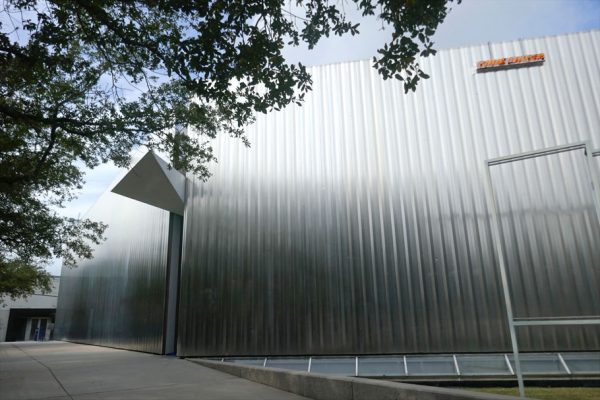
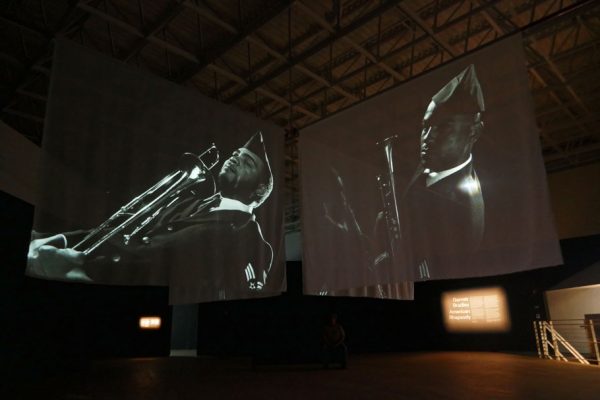
Art Car Museum
Free
Before I picked up the brochure about the Houston Museum District, the Art Car Museum was my only intended destination in the city. Located outside the 4 “zones” we got back in Ballena Blanca and drove to this one.
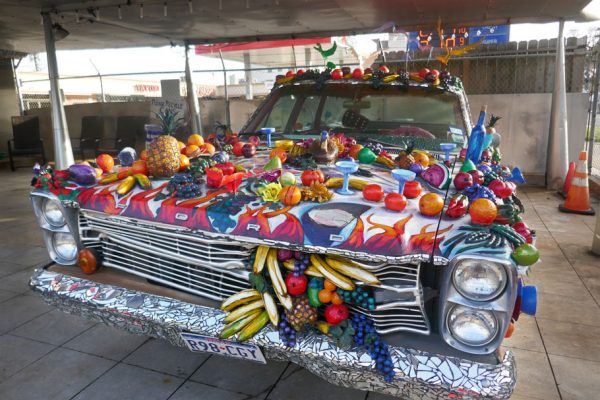
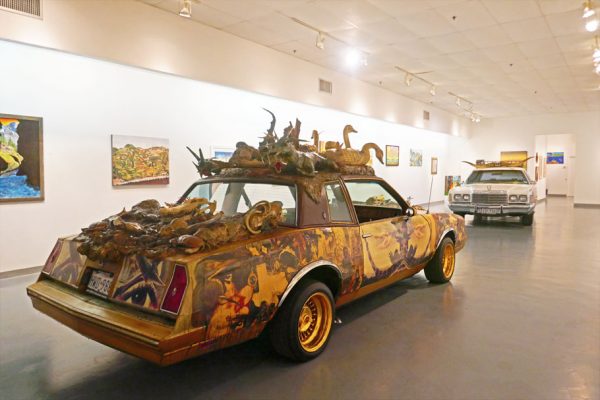
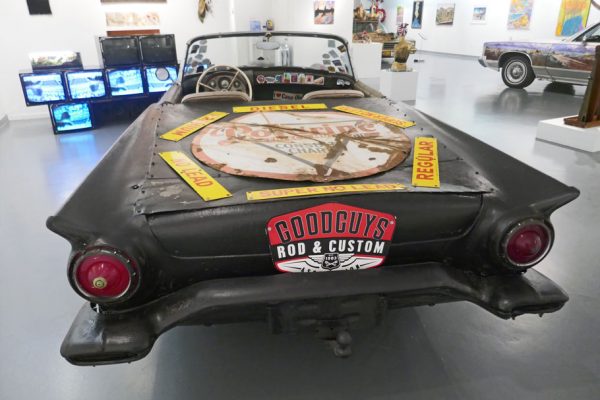
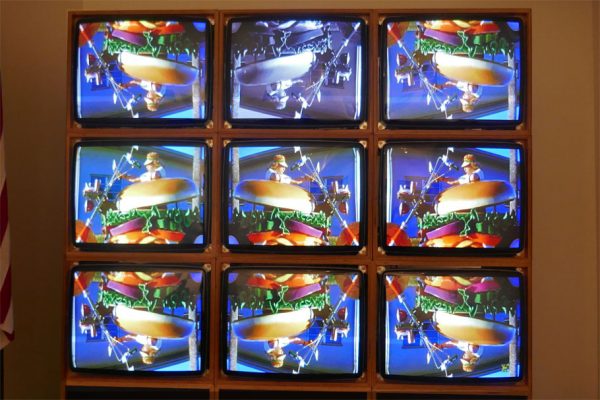
Corpus Christi, Texas
Texas Surf Museum
Free
As west left the Gulf Coast we made one last museum stop at the Texas Surf Museum in Corpus Christi.
It seems a bit surprising to find a surf museum in the land that conjures up images of cowboys, oil rigs, and desert but apparently the Gulf Coast has a thriving surf community.
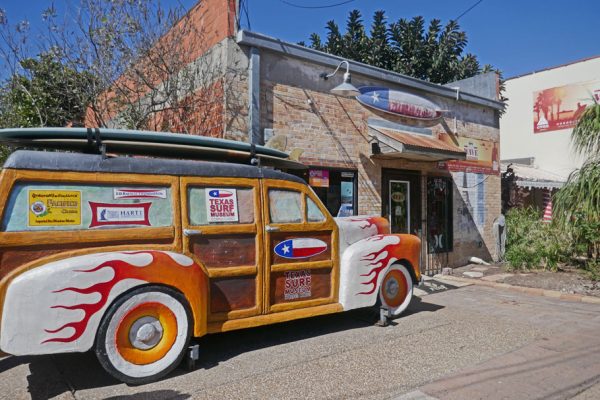
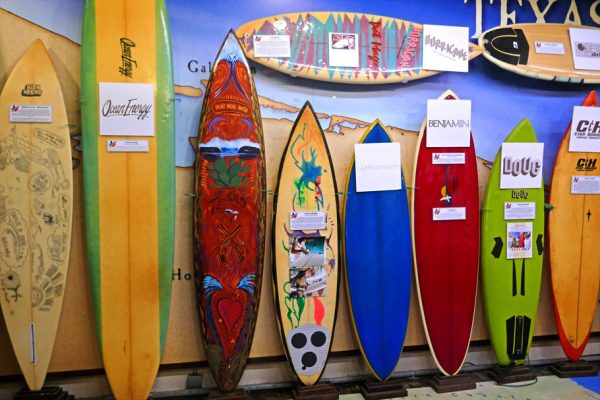
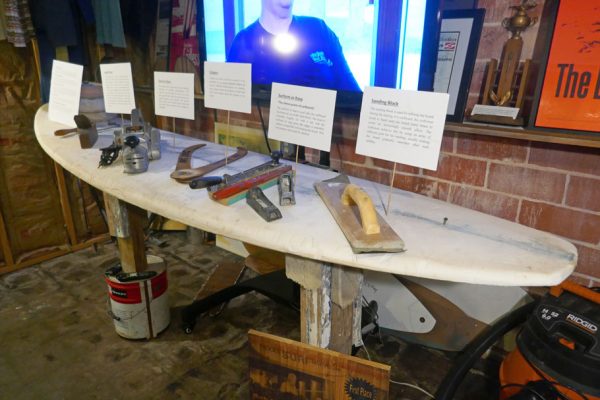
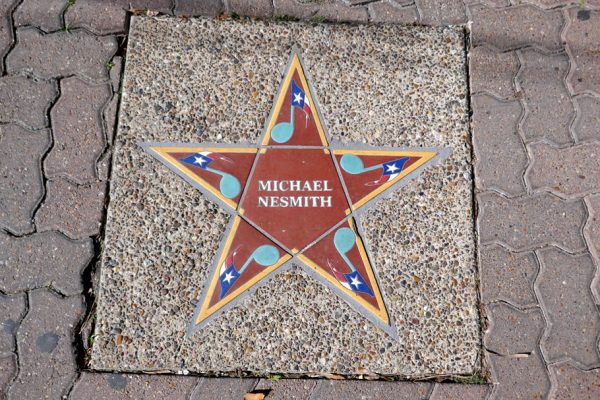
Corpus Christi Seawall
Free
After the Surf Museum, we took a stroll down the Corpus Christi Seawall. Although it’s not a museum, we did learn a few things.
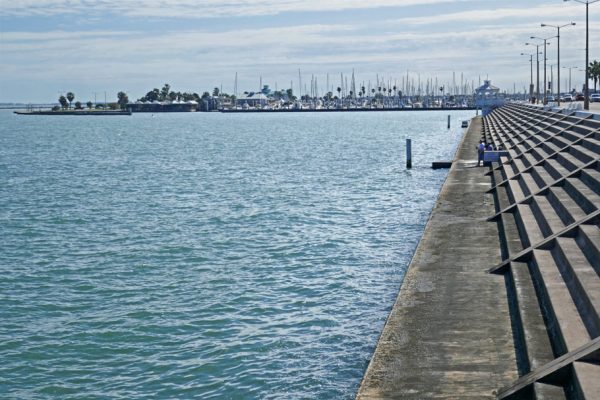
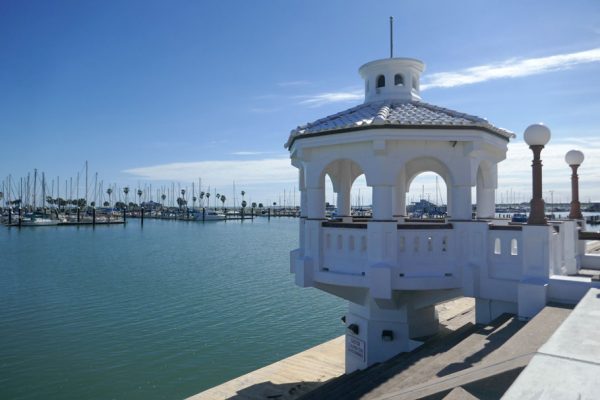
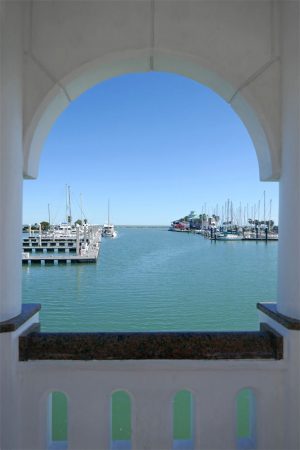
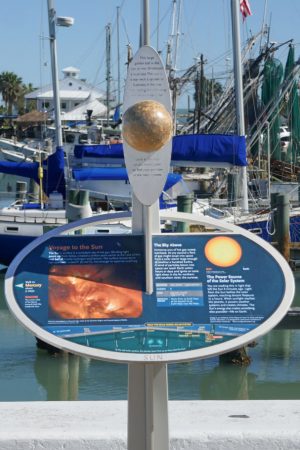
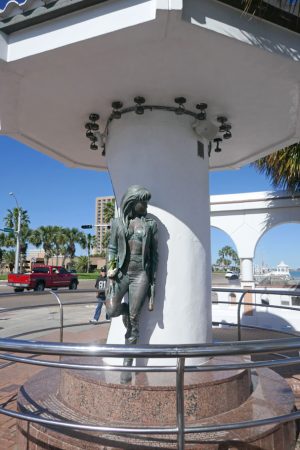
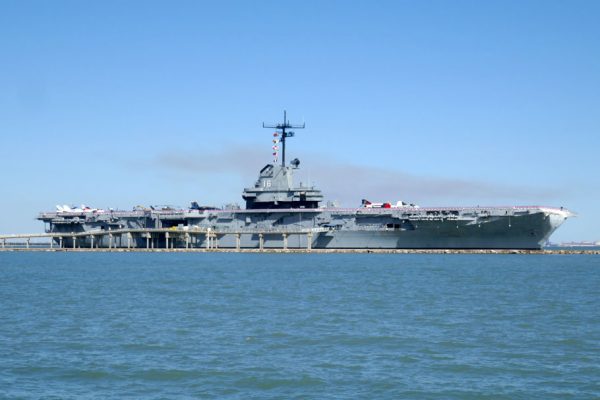
Do you like to go to museums? What the most interesting museum you’ve visited? Tell us about it in the comments. We’d love to read any comment you have about this post! If you have a WordPress account, you can press the “like” button below and let us know you enjoyed our museum tour down the Gulf Coast of Texas.

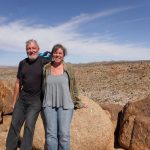


From beach camping guide to museum guide, you two are excelling in becoming real-life tour guides; experience, info, tips, and all! My favorite one was the Art Car museum. I’m still amazed at your curiosity and energy to visit all these places. It sure sounds like I’m getting burned out by travel, even though we’ve mostly been sitting still at WMD campgrounds (to work).
So funny that there is a “Nederland” in Texas, as that is the exact name of that country in Dutch. Don’t you love the clogs and windmills? No need to go to the real Nederland now. We were also interested in the Acadian culture when in Eastern Canada last summer and heard that there are descendants of them in Louisiana still.
The Art Car was my favorite overall too.
We did a lot more stuff in Texas than I had planned. It does get out of hand sometimes. We have been doing far less since we have gotten to Arizona. I think you can only keep up the pace for so long.
The whole time we were in Nederland I thought of you. I am sure I have heard you say Nederland before and thought it odd since Americans pronounce it as Netherland. But of course, you were just pronouncing it correctly. They had some souvenir clogs downstairs in the museum but I was very excited to see the real thing in a case upstairs.
We will have to check out the Eastern Canada Arcadian Culture when we head to that part of Canada next year. There are a few Arcadian Culture museums run by the National Park Service in Louisiana but unfortunately, we didn’t have time to visit them when we passed through.
If you’re interested in Thomas Edison, you should come see where he was born in north central Ohio. Just a few miles off the turnpike in Milan, his old house is a museum you can check out. There’s also the Milan Museum that has some fascinating history of the town that at one point was the 2nd largest shipping port in the world after Odessa Russia as part of the Erie Canal system.
If you come on Labor Day Weekend you can also experience the Milan Melon Festival and taste some watermelon or cantalope ice cream.
It’s also where I grew up and now live so we can offer you a place to park!
Yes, we are interested in Edison. We have also been to the Menlo Park location in Florida, but that was a long time ago. Thanks so much for the invite. We might not make it for Labor Day but may be heading your way later in the fall – we will be sure to stop. Would love to see you again!